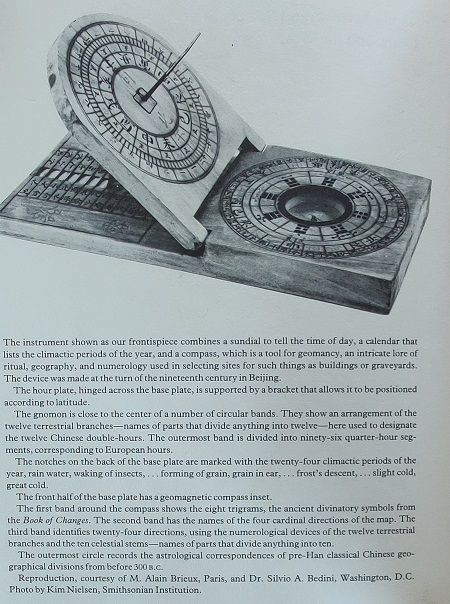Taking a closer look at the 5x5 magic square, Part Two
The incorporation of mathematical symbolism in art was used by the early Christian church to stress the importance of math with the evolution and prosperity of humankind. The early church was greatly influenced by Pythagorean mathematics and the mystique of magic squares. Numbers (and math) would help humankind be in harmony with the earth and Heaven.
In the above 5x5 magic square, the numbers can be separated into groups: the bronze colored group of numbers plus the beige group of numbers sum to 221 and the light blue colored group of numbers sum to 104.
(From the previous post):
The third point of interest concerns the sum total of each of the three groups of numbers identified by color. The sum total of the numbers shaded beige is 156, when divided by 13 gives us 12, and there are indeed twelve numbers that comprise this sum. The sum total of the numbers shaded light blue is 104, when divided by 13 gives us 8, and there are indeed eight numbers that comprise this sum. Lastly, the sum total of the numbers shaded bronze is 65, when divided by 13 gives us 5, and indeed there are five numbers that comprise this sum.)
(From the previous post):
The third point of interest concerns the sum total of each of the three groups of numbers identified by color. The sum total of the numbers shaded beige is 156, when divided by 13 gives us 12, and there are indeed twelve numbers that comprise this sum. The sum total of the numbers shaded light blue is 104, when divided by 13 gives us 8, and there are indeed eight numbers that comprise this sum. Lastly, the sum total of the numbers shaded bronze is 65, when divided by 13 gives us 5, and indeed there are five numbers that comprise this sum.)
The number 221 is significant as it is a part of the 21-220-221 Pythagorean Theorem, as demonstrated in the below 21x21 magic square in the Luo Shu format.
This magic square is based on the numbers 10 and 11:
X = 112 - 102 = 121 – 100 = 21
Y = 112 + 102 = 121 + 100 = 221
magic constant = X*Y = 21*221 = 4,641
∑ 21 = 231
X = 112 - 102 = 121 – 100 = 21
Y = 112 + 102 = 121 + 100 = 221
magic constant = X*Y = 21*221 = 4,641
∑ 21 = 231
The numbers of the central 3x3 grid in the above 21x21 magic square can be reduced to their Pythagorean root numbers to generate the classic 3x3 Luo Shu magic square. (There are some interesting correspondences with this 21x21 magic square and the 5x5 magic square: a) the center number 221 reduces to five, and b) the numbers 5, 25, and 65 - the magic constant for the 5x5 magic square - all line up in the same row.)
But let us return to the 5x5 magic square. In alchemy, the 5x5 magic square corresponds to the planet Mars = Ares, the principle of life-prolonging medicine. Mars rules the month of Aries, the season of spring, birth, and regeneration. The opus alchymicum - the work of transformation - should also begin in the spring (C.G. Jung, Alchemical Studies).
From Joseph Henderson and Donna Sherwood, Transformation of the Psyche:
In medieval astrology, each known planet had a ‘ruler’, personified as a god or goddess, and in medieval alchemy, each of the seven planets was associated with a stage of the alchemical opus in the following order: Saturn, Jupiter, Mars, Sol (Sun), Venus, Mercury, and Luna.
Other correspondences with Mars are the color red, the metal iron, maleness or yang energy, the stone ruby, and the element fire.
The astrological symbol for Mars, the alchemical symbol for iron, the gender symbol for male, and the symbol for the Greek god Ares and the Roman god Mars.
Evidently, the early Christian church believed in these concepts as demonstrated in church art. The 5x5 magic square of Mars forms part of the iconography of church mosaics that help to identify the “doctors” or “fathers” of the church: St. Athanasius, John Chrysostom, Gregory of Nazianzus, and Basil the Great of the East and St. Ambrose, Pope Gregory, St. Augustine, and St.
Jerome of the West.
Evidently, the early Christian church believed in these concepts as demonstrated in church art. The 5x5 magic square of Mars forms part of the iconography of church mosaics that help to identify the “doctors” or “fathers” of the church: St. Athanasius, John Chrysostom, Gregory of Nazianzus, and Basil the Great of the East and St. Ambrose, Pope Gregory, St. Augustine, and St.
Jerome of the West.



























